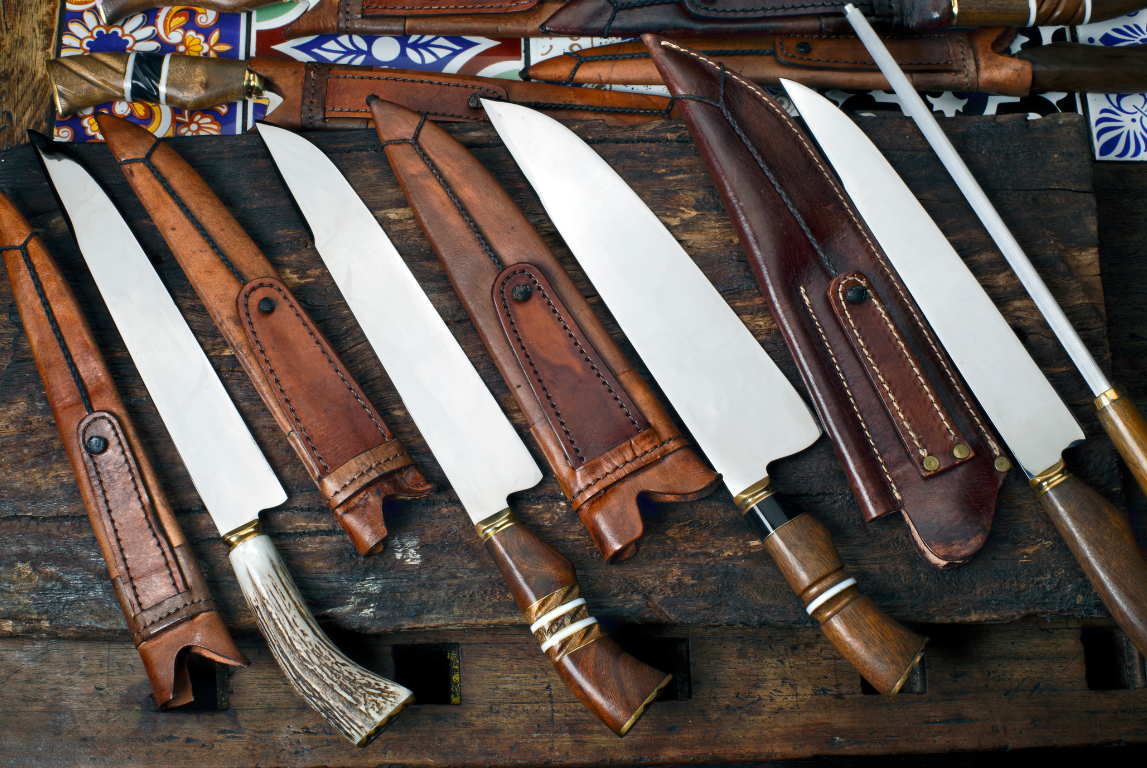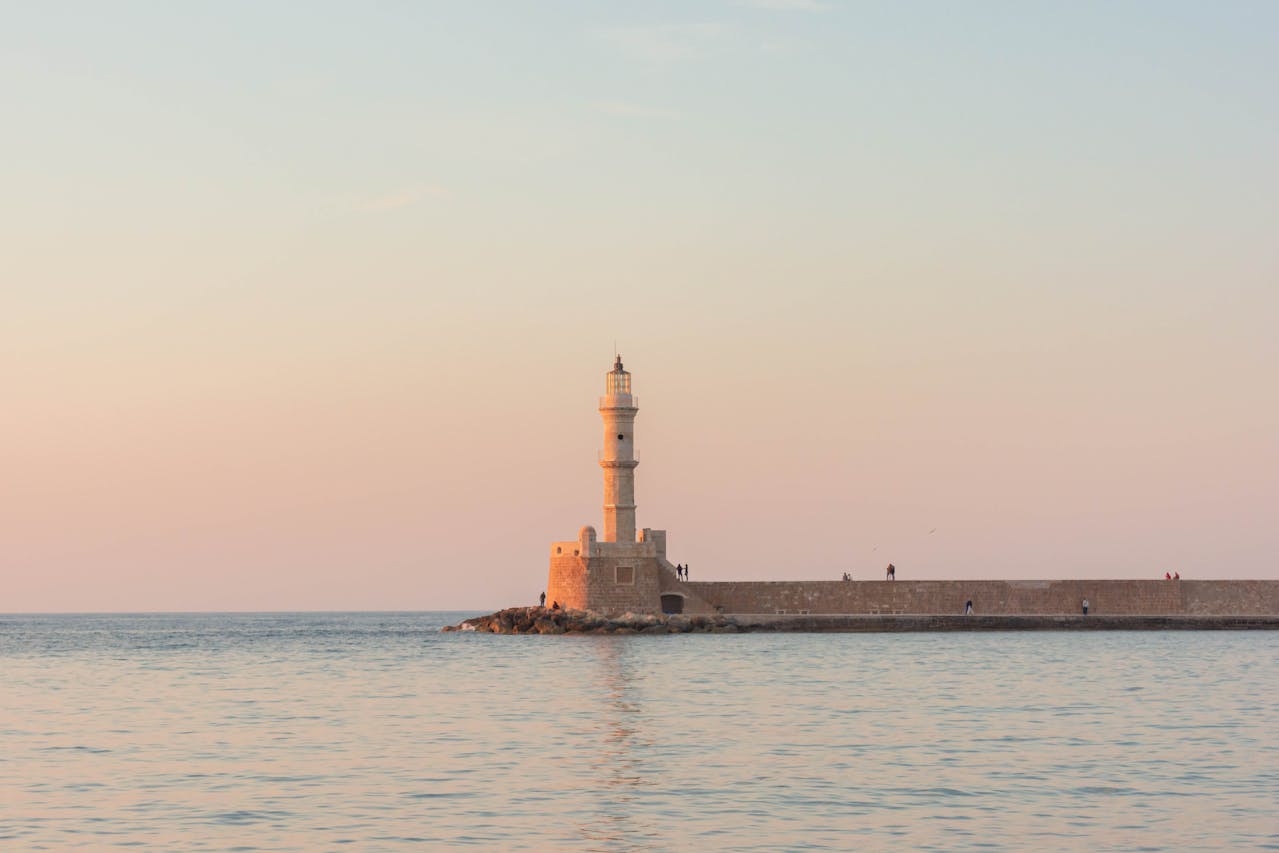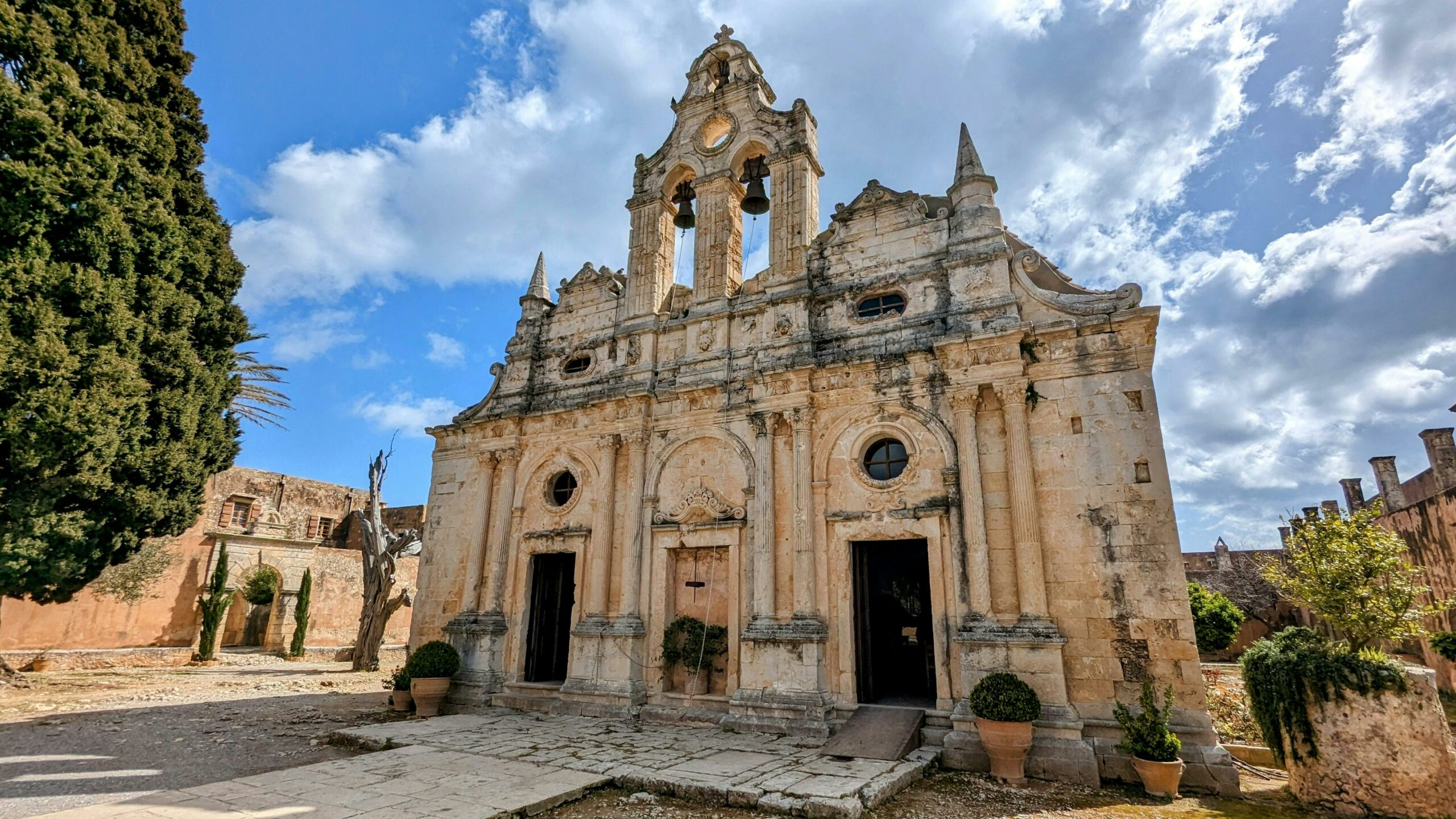There’s something about Crete that captures the heart and never lets go. Ask anyone who…

The Art of Cretan Knives: A Symbol of Honor and History
The Cretan knife is more than just a tool, it is a symbol of tradition, honor, and craftsmanship that has been passed down for centuries. From the battlefields of Crete’s resistance movements to the pockets of shepherds and everyday villagers, these knives hold deep cultural significance.
A Legacy Forged in Steel
The history of Cretan knives dates back to the Venetian and Ottoman periods, when local blacksmiths crafted blades that were not only practical but also works of art. During times of war, these knives served as weapons; in times of peace, they became an essential part of daily life. Even today, many Cretans treasure a well-made knife as a family heirloom.
The Design and Symbolism
Traditional Cretan knives are easily recognized by their curved blades and beautifully decorated handles. The most common materials for the handles are bone, horn, or wood, often intricately carved. Many knives also feature a short engraved poem (μαντινάδα) on the blade—expressing themes of bravery, love, or wisdom.
The Role of the Knife in Cretan Culture
Owning a Cretan knife has always been a mark of pride. Historically, young men would receive a knife as a gift when they came of age, symbolizing their transition into adulthood. Even today, knives are often given as meaningful gifts, representing friendship and respect.
Where to Find Authentic Cretan Knives
The art of knife-making is still alive in places like Chania, where skilled craftsmen continue to forge blades using traditional methods. Visitors can explore workshops and even commission custom-made knives, ensuring that this ancient craft continues to thrive.
The Cretan knife is more than just a blade, it’s a piece of Crete’s soul, embodying its warrior spirit, hospitality, and artistic heritage. Whether displayed in a home or carried in a pocket, it remains a timeless symbol of the island’s proud history.



